The AI revolution is here, and it’s taking the form of a complete transformation of America’s electrical grid, water infrastructure and manufacturing industry, the president of one of the country’s largest contracting organisations has said
In his annual US Construction Outlook, Deron Brown, president and chief operating officer for Denver-based PCL Construction, offers an analysis of how the demand for more data processing and the energy to power it will impact the construction industry in 2025.
“Artificial intelligence has already transformed the way many of us live and work. Over the next several years the construction industry will be kept busy as the world plays catch-up, building the data centers, energy infrastructure and manufacturing facilities that keep the AI economy running,” Brown says in the report.
“We must all work together to ensure that the AI-powered economy is a sustainable one – and the construction industry will play a critical role in building the infrastructure and facilities that make this future possible.”
Brown identifies four key trends he says demonstrate the impact of artificial intelligence on the construction industry.
The demand for data centers will present complex labor and supply challenges for contractors
Finding equipment and materials to build data centers at the speed at which they need to be online remains a challenge.
Unlike the supply chain disruptions caused by halted manufacturing during the Covid-19 pandemic, the shortages in data center construction are driven simply by high demand.
Essential equipment is being purchased faster than it can be produced. Labor shortages also persist, impacting the construction of data centers. The Associated Builders & Contractors organization forecasts that the construction industry will need to add at least 450,000 workers in 2025 to keep up with demand.
The regulatory environment will reshape microchip manufacturing and expand private water projects
The recent CHIPS & Science Act successfully sparked a boom in microchip manufacturing in the US, with America’s production of semiconductors expected to triple by 2032.
As the country builds more chip manufacturing facilities, it must also work to mitigate environmental concerns. A typical microchip manufacturing facility requires up to five million gallons of ultrapure water each day.
This is resulting in a growing demand for private water construction, where client-owned and operated water treatment systems ensure that manufacturing facilities and data centers comply with local regulations.
During the process, water is treated for reuse either as a data center coolant or community irrigation. Private and industrial water projects are expected to make up a significant portion of civil construction projects in the new year.
The increasing energy demands of data centers will drive a complete transformation of energy infrastructure
According to real estate investment firm CBRE, there are 3,871MW of data center processing capacity currently under construction in the US – up a staggering 69% year-over-year.
The one thing slowing down completion? Limited availability of utility power to energize data centers.
The CBRE says the cost of utilizing a US data center is up 20%, due in no small part to the rising cost of powering these facilities. Constructing renewable energy projects will become critical to mitigating rising energy prices and ensuring there is enough power for the technology of the future.
Many tech companies also see great potential in nuclear power: Amazon, Google and Microsoft have each announced major investments in nuclear energy to help power artificial intelligence and cloud businesses.
AI revolution will increase safety and create efficiencies on job sites
AI is already helping to ensure each worker remains safe on the job. On construction sites, AI systems, including machine learning algorithms and computer vision, monitor real-time activities to identify safety hazards, such as workers not wearing proper gear or operating in unsafe conditions.
The AI revolution is also transforming the maintenance of construction machinery and equipment through predictive maintenance.
Sensors collect data on machinery performance, and AI analyzes this data to predict when maintenance is needed.
Additionally, AI-powered robotics and autonomous machinery automate tasks such as bricklaying, concrete pouring, and demolition, while drones assist in surveying large areas and monitoring project progress with high precision.
These innovations lead to smarter, more efficient construction processes, reduced costs, and enhanced safety.
PCL is group of independent construction companies that operates throughout the United States, Canada and Australia. The organisations completes more than $7bn in work annually.

